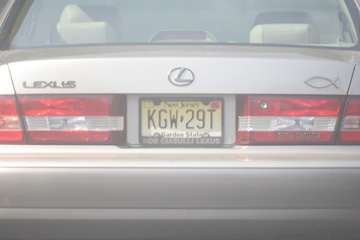
Sigma 600mm f/8 mirror
600mm ISO800 1/250 -1EV
full-frame down-sized
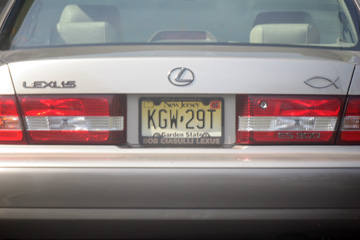
Sigma 600mm f/8 mirror
600mm ISO800 1/250 -1EV
auto-levels, full-frame down-sized
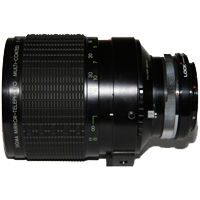
It Is All Done With Mirrors, Mirror Lenses, That Is What about mirror lenses? I can get a really cheap telephoto that way!
In the film days, I never got any keepers out of this lens because of
its poor contrast. But with Photoshop, there's some hope of
adjusting levels to compensate. This lens also can be focussed
past infinity, so I was able to remove the glass optics from the
adapter and still have it focus at infinity.
A tripod was used for all shots. In each of the tests, the
displayed image is the best of at least 3
snapshots. Mirror Lock-up (MLU) and EV bracketing was used for
the Sigma 600mm f/8
mirror lens. For the AF lenses, refocussing was forced for each
exposure. ISO800 was used to give reasonable shutter speed for
the mirror. JPEGs are Baseline ("Standard") Quality 10.
 Sigma 600mm f/8 mirror 600mm ISO800 1/250 -1EV full-frame down-sized |
 Sigma 600mm f/8 mirror 600mm ISO800 1/250 -1EV auto-levels, full-frame down-sized |
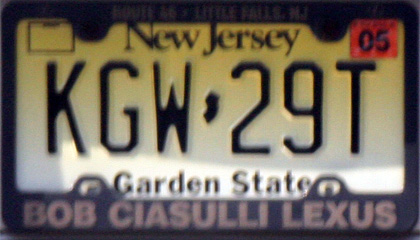 Sigma 600mm f/8 mirror 600mm ISO800 1/250 f/8 -1EV detail full-crop, auto-levels |
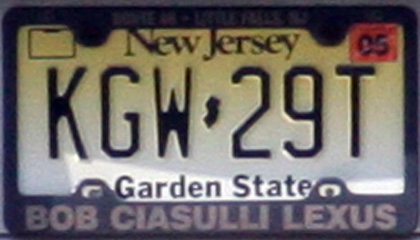 Canon 55-200mm f/4.5-5.6 USM II 200mm ISO800 1/640 f/10.0 200mm detail crop, up-sized, auto-levels |
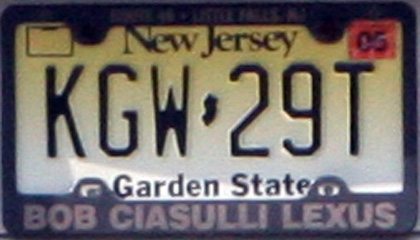 Canon 70-200mm f/2.8L IS USM 200mm ISO800 1/1250 f/7.1 detail crop, up-sized, auto-levels |